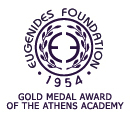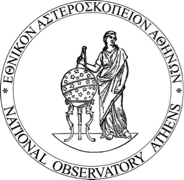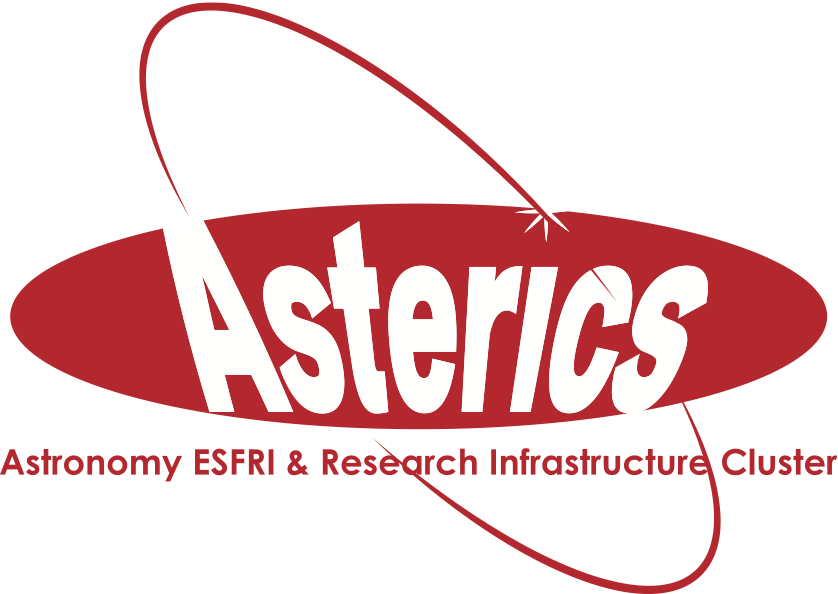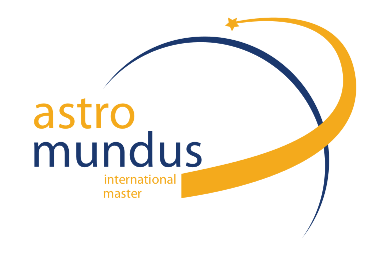Special Session SS7
5 July 2016
The effects of solar and stellar magnetic activity on planets
Aims and scope
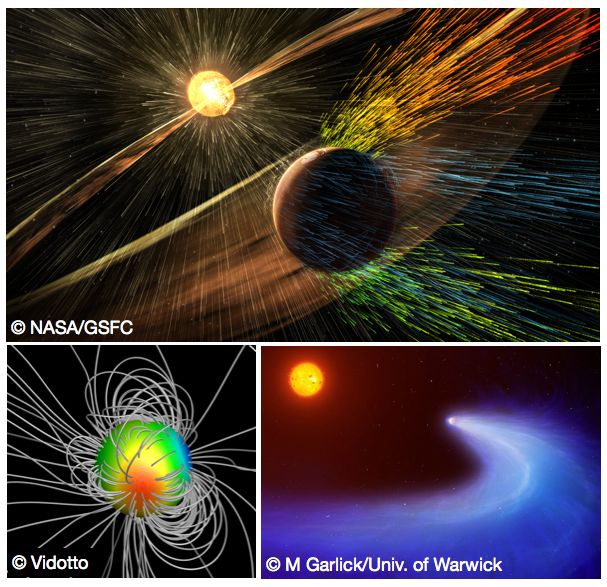 The magnetic activity of cool stars in the form of flares, winds and coronal mass ejections have a direct impact on planets. This activity varies with the mass, age and rotation rate of the star and can be damaging for life, even in the case of a fairly inactive star like the Sun. During periods of intense solar activity, the solar wind is enhanced and geomagnetic storms produce auroras, disrupt radio transmissions, affect power grids, damage orbiting satellites, and can be hazardous to astronauts. By analogy, the magnetic activity of cool stars may be hazardous for the creation and development of life and is therefore of potential importance for habitability.
The magnetic activity of cool stars in the form of flares, winds and coronal mass ejections have a direct impact on planets. This activity varies with the mass, age and rotation rate of the star and can be damaging for life, even in the case of a fairly inactive star like the Sun. During periods of intense solar activity, the solar wind is enhanced and geomagnetic storms produce auroras, disrupt radio transmissions, affect power grids, damage orbiting satellites, and can be hazardous to astronauts. By analogy, the magnetic activity of cool stars may be hazardous for the creation and development of life and is therefore of potential importance for habitability.
In this Special Session, we aim to bring together observers/theoreticians whose diverse research interests are linked with solar and stellar activity and its effect on orbiting planets. Questions that will be addressed are:
1) How do stellar magnetic activity influence the exoplanets orbiting main-sequence stars?
2) Which lessons learned from our own solar system can be incorporate in exoplanetary research?
3) How can stellar activity affect habitability?
Programme
- Solar and stellar magnetic activity
Speakers: Simoniello, Hussain, Amazo-Gomez, and Chiavassa
- Effect of solar/stellar activity on (exo)planets
Speakers: Bourrier, Plainaki, Dandouras, Alvarado Gomez, and Trigilio
- Long-term evolution of activity and its effect on habitability
Speakers: Ribas, Gallet, and Korhonen + Discussion
Invited speakers
- Vincent Bourrier (University of Geneva, Switzerland)
- Gaitee Hussain (ESO, Germany)
- Ignasi Ribas (Institute of Space Studies of Catalonia, Spain)
- Rosaria Simoniello (University of Geneva, Switzerland)
Scientific organisers
Heidi Korhonen, University of Copenhagen, Denmark
Aline Vidotto, Trinity College Dublin, Ireland
Contact
heidi.korhonen @ nbi.ku.dk
Updated on Thu Apr 21 14:24:39 CEST 2016
|
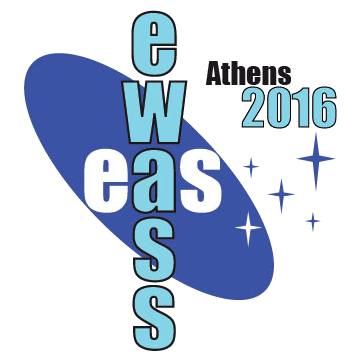
 A power cut will shut down all EAS services on Tuesday, 10 January 2017 starting at 7:30 CET.
A power cut will shut down all EAS services on Tuesday, 10 January 2017 starting at 7:30 CET.


